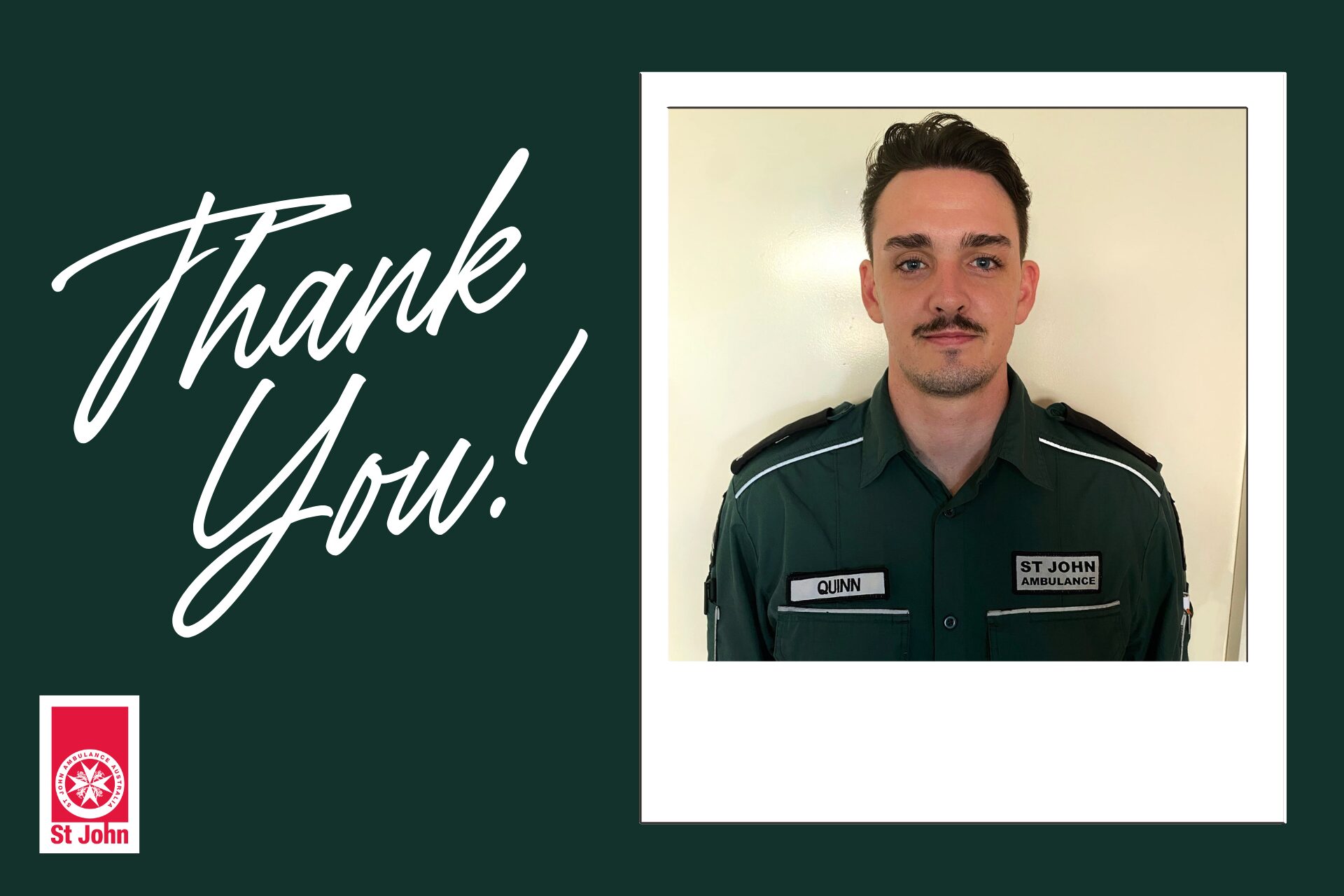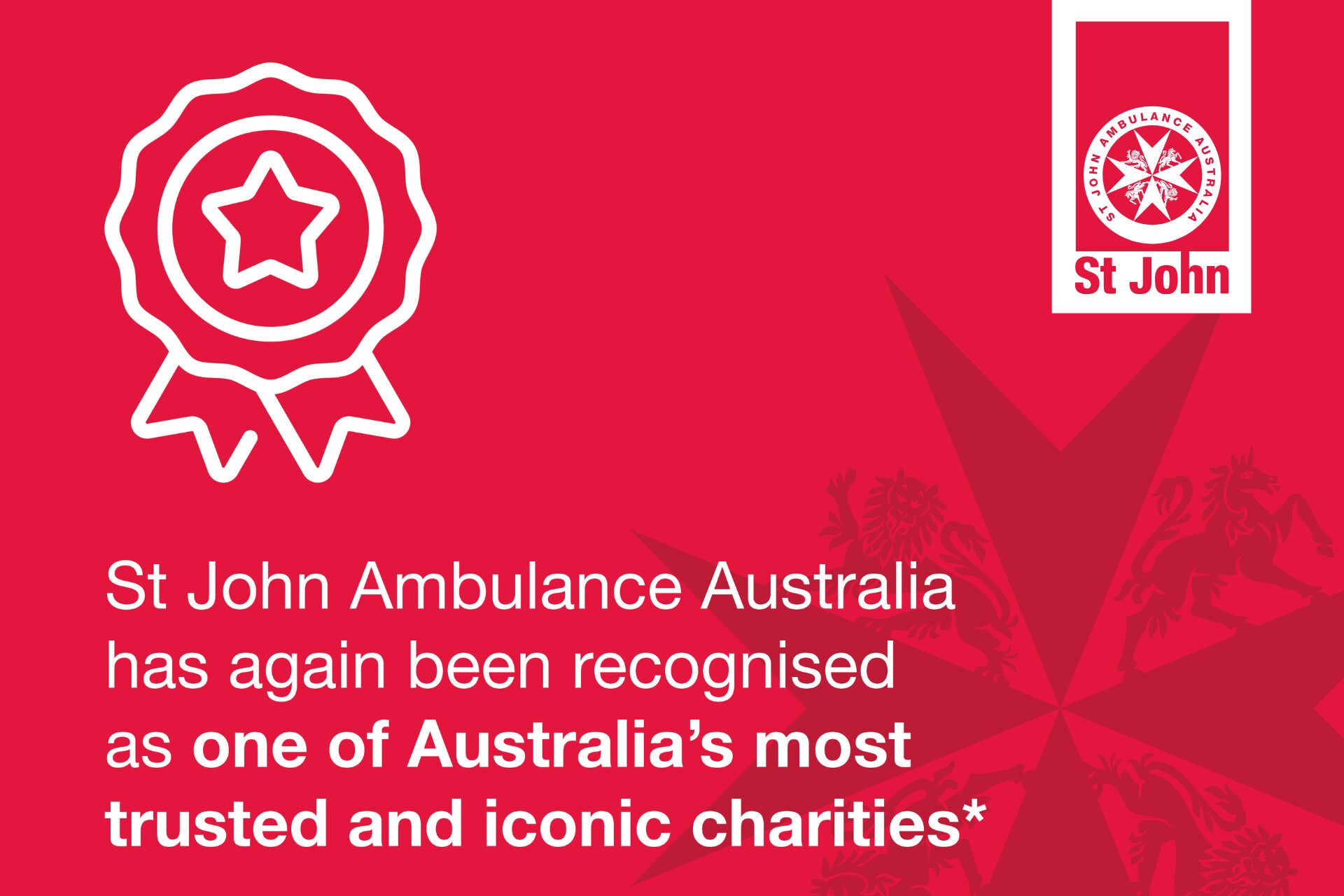Are you as smart as you could be?
It’s no secret that I come from a generation that wasn’t particularly sun smart. My parents before me had a total disregard for the hot bulb in the sky (and have suffered numerous sun spots and skin cancers as a result!), but by my generation, we at least had 15+ sunscreen and some awareness about the damage the sun can do… mind you… lathering up in coconut oil and laying in the sun for hours for hours was not uncommon.
As Australians (and this may be a generalisation), we love the great outdoors. When the sun is out, we are all about those golden rays! We go camping, fishing, hiking, swimming and even sunbaking in order to lap it all up… but we also open ourselves up to a higher risk of skin cancer.
In the 80’s, we were introduced to Sid the Seagull, the ads on tv ran for several years, encouraging us to SLIP, SLOP, SLAP Slip! Slop! Slap! – The Original Sid the Seagull Video, but as with many of these things, the more you know, the more you can be protected, and the advice from the Cancer Council is now:
- Slip on sun-protective clothing that covers as much skin as possible.
- Slop on broad spectrum, water resistant SPF30 (or higher) sunscreen. Put it on 20 minutes before you go outdoors and every two hours afterwards. Sunscreen should never be used to extend the time you spend in the sun.
- Slap on a hat – broad brim or legionnaire style to protect your face, head, neck and ears.
- Seek shade
- Slide on some sunglasses – make sure they meet Australian Standards.
Some statistics from the Cancer Council that make for some alarming reading:
- Every year in Australia skin cancers account for around 80% of all newly diagnosed cancers. Around 2000 people die from this disease every year.
- However, more than 95% of skin cancer cases are caused by unprotected exposure to UV radiation from the sun, meaning it is a nearly entirely preventable cancer.
- Two in three Australians will be diagnosed with skin cancer by the age of 70

As with other forms of cancer, early detection is key for treatment in cases of skin cancer. Would you know what you are looking for?
From the Cancer Council, skin cancer can appear as:
- a new or unusual looking spot including a lump or sore which doesn’t heal or may bleed
- an existing spot that has changed in colour, size or shape.
- If a spot strikes you as being a bit odd, take it seriously – it’s worth getting it checked by a doctor.
So what can you do now that you’ve spent the time reading this, and you know that getting checked out is a good idea? It’s recommended that you visit your GP for a skin check every 3 months. From there, they can make recommendations for the next steps.
What are you waiting for?



